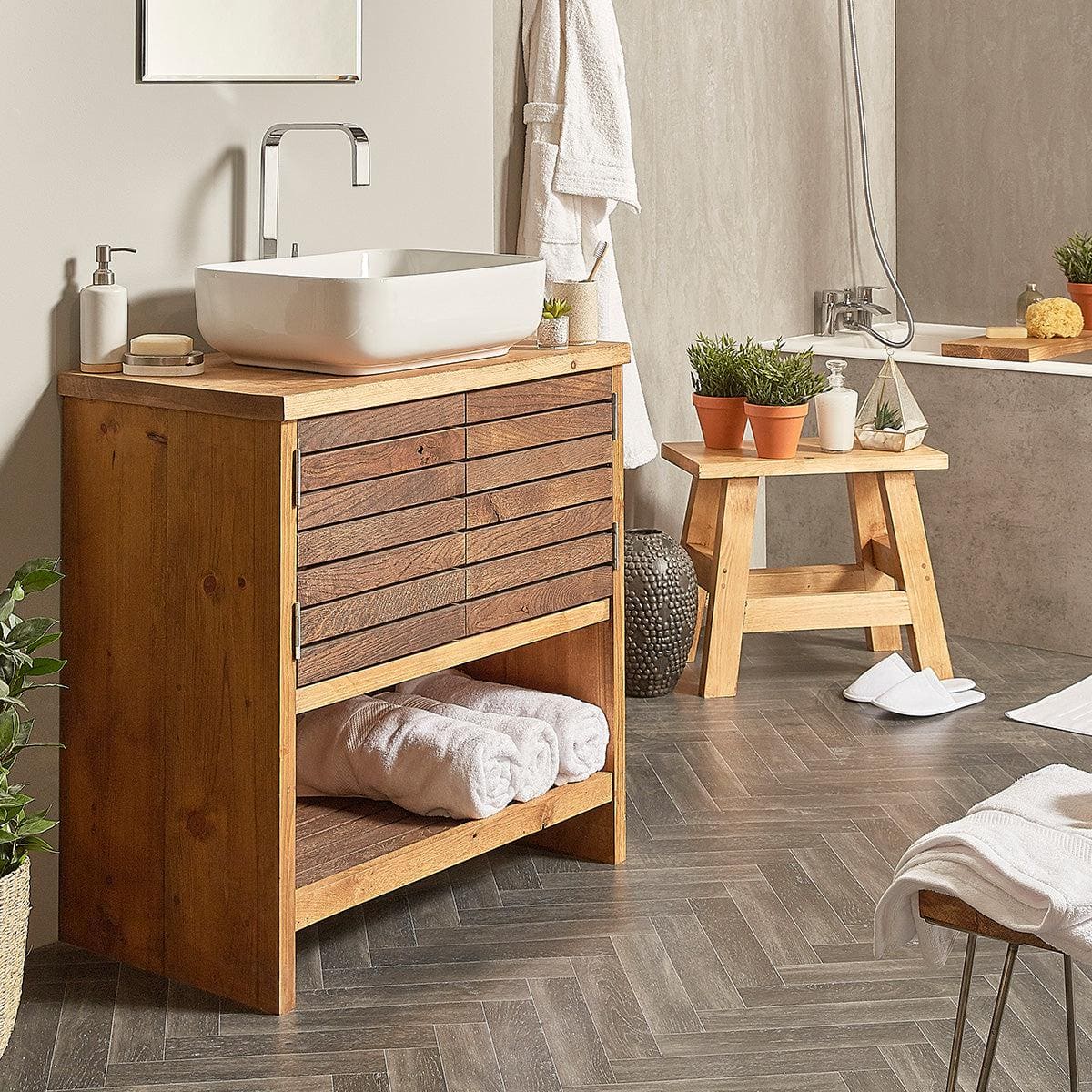

Articles
How To Measure For A Bathroom Vanity
Modified: March 2, 2024
Learn how to properly measure for a bathroom vanity with our informative articles. Find the perfect fit for your bathroom renovation project.
(Many of the links in this article redirect to a specific reviewed product. Your purchase of these products through affiliate links helps to generate commission for Storables.com, at no extra cost. Learn more)
Introduction
Choosing the right bathroom vanity is essential for a functional and aesthetically pleasing bathroom. But before you start browsing through countless options and styles, it’s crucial to know how to measure for a bathroom vanity. Taking accurate measurements will ensure that the vanity fits perfectly into your space and meets your specific needs.
In this article, we will guide you through the step-by-step process of measuring for a bathroom vanity. By following these instructions, you’ll be well-equipped to find the perfect vanity that effortlessly enhances your bathroom’s functionality and style.
So, let’s grab our tools and dive into the exciting world of bathroom vanity measurements!
Key Takeaways:
- Accurate measurements are essential for selecting the perfect bathroom vanity that fits seamlessly into your space. Take your time and consider all factors to avoid frustration during installation.
- Balancing functionality and aesthetics is crucial when measuring for a bathroom vanity. Consider household needs, bathroom layout, and professional guidance to ensure a successful installation.
Read more: How To Organize A Vanity
Step 1: Gather the necessary tools
Before you begin measuring for your bathroom vanity, make sure you have the following tools on hand:
- Tape measure: This is the most essential tool you’ll need. Make sure it’s long enough to measure the dimensions of your bathroom accurately.
- Pencil or pen: You’ll need something to mark the measurements on paper or directly on the wall.
- Notepad or paper: A dedicated space to record your measurements will help you stay organized throughout the process.
- Level: Although not mandatory, a level can come in handy to ensure that your vanity is properly aligned.
Once you have all these tools ready, you can move on to the next step of measuring your bathroom space.
Step 2: Measure the available space
Now it’s time to measure the available space where your bathroom vanity will be placed. Follow these steps:
- Clear the area: Remove any items or obstacles that might interfere with your measurements.
- Measure the width: Use your tape measure to measure the width of the area where the vanity will be installed. Measure from wall to wall, noting down the measurement.
- Measure the height: Measure the height from the floor to the desired height of your vanity. Keep in mind any existing fixtures, such as baseboards or electrical outlets, which may affect the positioning of the vanity.
- Measure the depth: Measure the depth of the space from the back wall to the front edge where the vanity will be placed. Ensure you account for any obstructions, such as doors or adjacent fixtures.
When taking measurements, always double-check your numbers to ensure accuracy. It’s better to be precise from the start than to encounter issues later on.
By measuring the available space in your bathroom, you’ll have the foundational measurements necessary to select a vanity that fits perfectly within your bathroom’s dimensions and layout. Let’s move on to the next step to further refine your measurements.
Step 3: Determine the desired height
Deciding on the height of your bathroom vanity is an important consideration to ensure comfort and functionality. Follow these steps to determine the desired height:
- Consider your family members: Take into account the height of the individuals who will be using the vanity regularly. For taller individuals, a higher vanity may be more comfortable to use without straining their backs.
- Think about functionality: Consider how you plan to use the vanity. If you frequently wash your face or brush your teeth at the sink, a slightly lower vanity may be more practical to provide easier access.
- Adapt to your existing plumbing: Take note of your plumbing fixtures and their placement. You’ll want to ensure that the vanity height accommodates the location of the faucet, drain, and other plumbing connections.
It’s important to strike a balance between aesthetics and functionality when determining the desired height of your bathroom vanity. A vanity that is too high or too low can negatively impact your bathroom experience. Remember to factor in the thickness of the vanity top when considering the overall height.
By taking these factors into account, you can determine the ideal height that suits your needs and preferences. Let’s move on to the next step to consider the sink type.
Step 4: Consider the type of sink
When measuring for a bathroom vanity, it’s essential to consider the type of sink you plan to install. The sink type will affect the overall dimensions and layout of the vanity. Here are a few common sink types to consider:
- Drop-In Sink: This sink style is dropped into a pre-cut hole in the vanity countertop. The measurements for the cutout will depend on the specific sink model you choose.
- Undermount Sink: Unlike a drop-in sink, an undermount sink is installed beneath the countertop, creating a seamless look. The measurements for the cutout will depend on the specific sink model and the size of the countertop overhang.
- Vessel Sink: Vessel sinks sit on top of the vanity countertop. These sinks are often bowl-shaped and can add a unique design element to your bathroom. The measurements for the countertop will need to accommodate the diameter and height of the vessel sink.
Take into account the specifications provided by the sink manufacturer when measuring for a vanity with a specific sink type. This will ensure that your vanity has the appropriate dimensions to accommodate the sink and allow for proper installation.
Understanding the sink type you plan to install is crucial for accurate measurements and a successful bathroom vanity installation. In the next step, we’ll explore accounting for plumbing fixtures.
When measuring for a bathroom vanity, be sure to account for the width of the vanity, the space needed for the doors and drawers to open, and the clearance for any plumbing fixtures. Always double-check your measurements before making a purchase.
Read more: What Is A Vanity?
Step 5: Account for plumbing fixtures
When measuring for a bathroom vanity, it’s important to consider the presence and placement of plumbing fixtures. Properly accounting for plumbing fixtures will ensure that your vanity fits seamlessly into your bathroom and that all necessary connections can be made. Follow these steps:
- Measure the location of the current plumbing connections: Measure the distance from the back wall to the center of the drainpipe and water supply lines.
- Mark the measurements on the wall: Use a pencil or pen to mark the center of the drainpipe and water supply lines on the wall. This will help you determine where the sink and vanity top should be placed.
- Consider the space required for plumbing connections: Keep in mind that there needs to be enough space behind the vanity to accommodate the plumbing connections. This will ensure that the vanity can be properly installed without any interference.
By accounting for plumbing fixtures, you’ll be able to properly position your bathroom vanity and ensure that all necessary connections can be made without any issues. This step is crucial for a successful installation. In the next step, we’ll guide you through choosing the appropriate width for your vanity.
Step 6: Choose the appropriate width
Choosing the right width for your bathroom vanity is crucial for both functionality and aesthetics. The width of the vanity will depend on the available space in your bathroom and your personal preferences. Follow these steps to determine the appropriate width:
- Measure the available wall space: Use your tape measure to measure the width of the wall where the vanity will be placed. This will give you a starting point for determining the maximum width of the vanity.
- Consider the clearance needed: Leave enough space on each side of the vanity to allow for comfortable use and easy cleaning. A general rule of thumb is to have a minimum of 2-4 inches of clearance on each side.
- Account for other fixtures and features: Take into account any existing fixtures, such as toilets or bathtubs, that may affect the overall width of the vanity. Also, consider any additional features you may want to incorporate, such as storage cabinets or countertops.
- Consider the number of sinks: Determine if you want a single sink or a double sink vanity. If you opt for a double sink vanity, ensure that there is enough width to accommodate two sinks while still maintaining adequate counter space.
By considering the available wall space, clearance needed, existing fixtures, and sink configuration, you’ll be able to choose the appropriate width for your bathroom vanity. This will ensure that your vanity fits perfectly into your bathroom while providing functionality and style. In the next step, we’ll delve into measuring for depth.
Step 7: Measure for depth
Measuring for the depth of your bathroom vanity is an important step to ensure that it fits nicely within your space and accommodates your storage needs. Follow these steps to measure for depth:
- Measure the distance from the back wall to any obstacles: Use your tape measure to measure the distance from the back wall to any obstructions like pipes, electrical outlets, or baseboards. This will help you determine the maximum depth that your vanity can be.
- Consider the countertop overhang: If you plan to have a countertop that extends beyond the vanity base, keep in mind the desired overhang. The overhang adds depth to the overall vanity dimensions.
- Consider your storage needs: Think about the items you plan to store in your vanity. If you have larger items, such as hairdryers or cleaning supplies, you may need a deeper vanity to accommodate them.
- Balance aesthetics and functionality: While a deeper vanity can provide more storage space, make sure it does not impede on the traffic flow in your bathroom. You want to find a depth that balances your storage needs with the available space.
By measuring for depth and considering your storage needs, you can select a bathroom vanity that not only fits within your space but also provides you with the storage capacity you desire. In the next step, we’ll discuss the importance of verifying the measurements.
Step 8: Verify the measurements
Before finalizing your bathroom vanity purchase, it’s crucial to verify all the measurements you’ve taken. This step ensures that your vanity will fit perfectly within your bathroom space. Here’s how to verify the measurements:
- Double-check all measurements: Review each measurement you’ve taken, including the width, height, depth, and any other specific measurements for sinks or plumbing fixtures. Make sure they are accurate and align with your requirements.
- Create a scaled drawing: Consider creating a scaled drawing of your bathroom layout, including the vanity placement and dimensions. This visual representation will help you visualize how the vanity will fit and identify any potential issues.
- Consult with professionals if needed: If you are uncertain about any aspect of the measurements or installation process, consult with professionals such as contractors or designers. They can provide valuable insight and guidance based on their expertise.
- Consider any modifications required: If the measurements indicate that adjustments or modifications are needed in your bathroom space, evaluate the feasibility of making those changes before proceeding with the vanity purchase.
By verifying the measurements, you can ensure that your bathroom vanity will fit perfectly within your space and meet your specific requirements. This step helps avoid any potential issues or surprises during the installation process.
Now that you have a thorough understanding of how to measure for a bathroom vanity, you’re well-prepared to select and install the perfect vanity for your bathroom. Take your time, consider all the factors, and enjoy the process of transforming your bathroom into a functional and stylish space.
Good luck with your bathroom renovation project!
Read more: How To Paint A Vanity
Conclusion
Measuring for a bathroom vanity is a crucial step in ensuring that your bathroom not only looks beautiful but also functions perfectly. By following the steps outlined in this guide, you can confidently measure the available space, determine the desired height, consider the type of sink, account for plumbing fixtures, choose the appropriate width and depth, and verify all the measurements.
Accurate measurements are the foundation for selecting the right bathroom vanity that fits seamlessly into your space. Taking the time to measure carefully will save you from the frustration of purchasing a vanity that doesn’t fit or doesn’t meet your needs.
Remember to balance functionality and aesthetics when making your decisions. Consider the needs of your household, the layout of your bathroom, and any specific requirements or preferences you may have.
If you’re unsure about any step or if you encounter difficulties, don’t hesitate to consult with professionals who can offer guidance and assistance. They have the expertise to ensure a successful installation.
With your measurements in hand, you can now confidently shop for the perfect bathroom vanity that meets your style, storage, and functional requirements. Whether you’re seeking a sleek modern design or a traditional and elegant look, the right vanity will elevate the overall look and feel of your bathroom.
So go ahead, get your tools ready, take accurate measurements, and transform your bathroom into a space that not only reflects your personal style but also enhances your daily routine. Happy vanity shopping!
Frequently Asked Questions about How To Measure For A Bathroom Vanity
Was this page helpful?
At Storables.com, we guarantee accurate and reliable information. Our content, validated by Expert Board Contributors, is crafted following stringent Editorial Policies. We're committed to providing you with well-researched, expert-backed insights for all your informational needs.
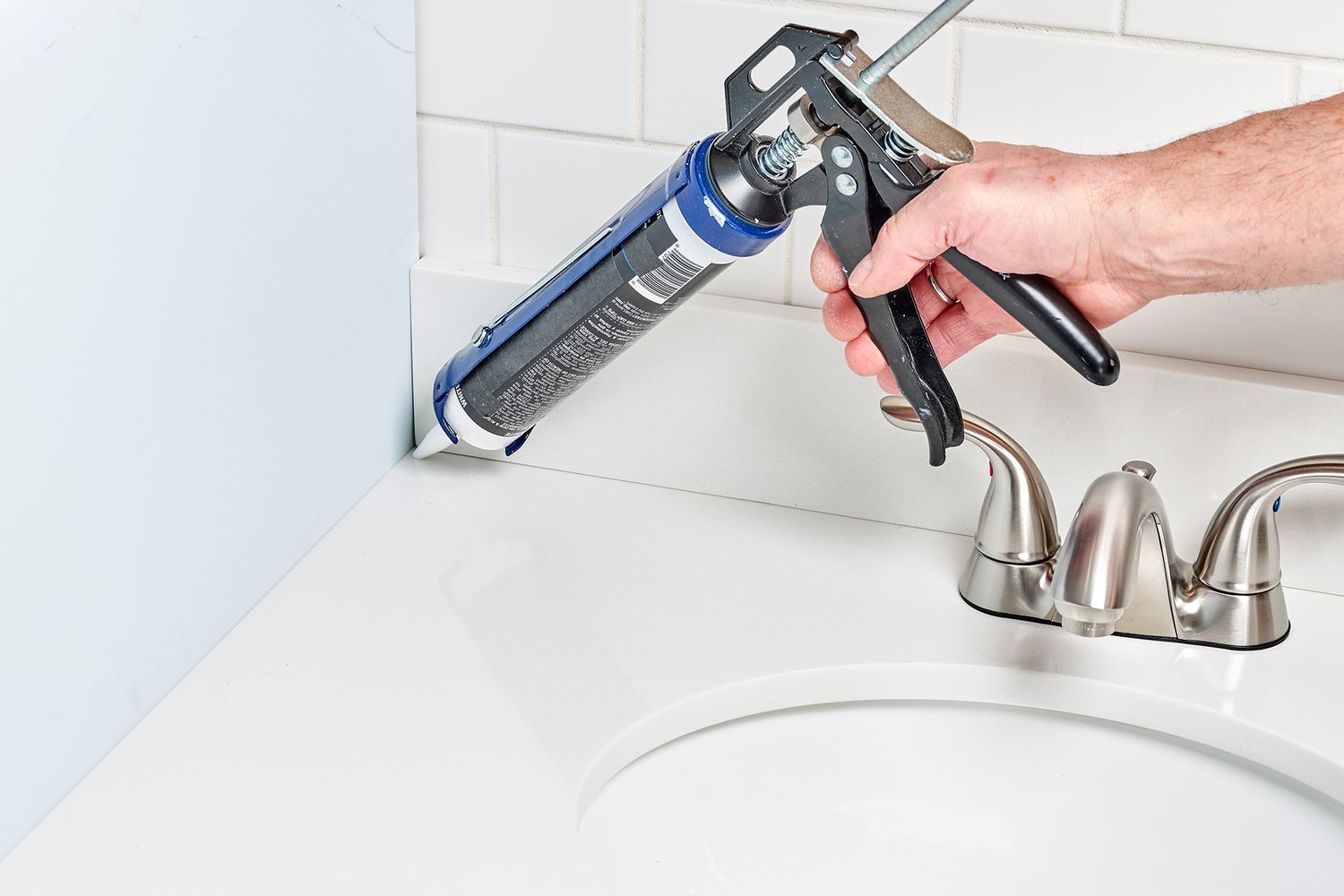

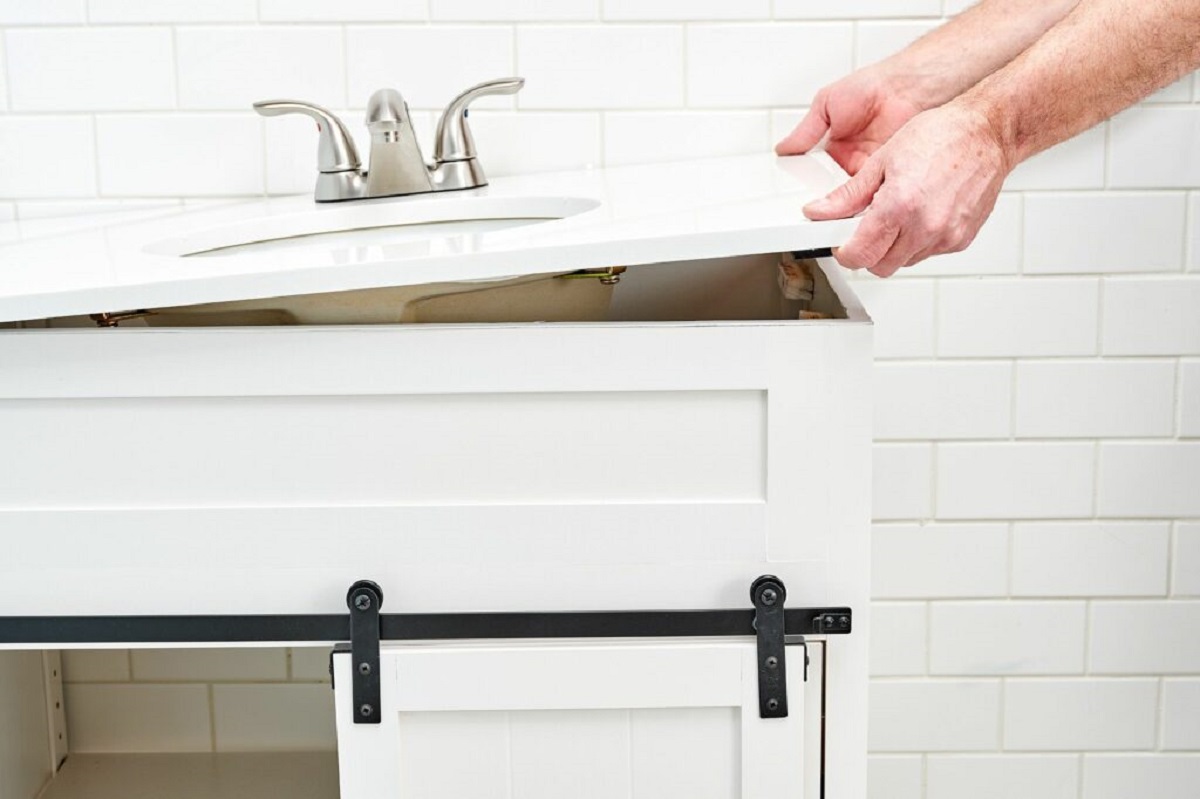
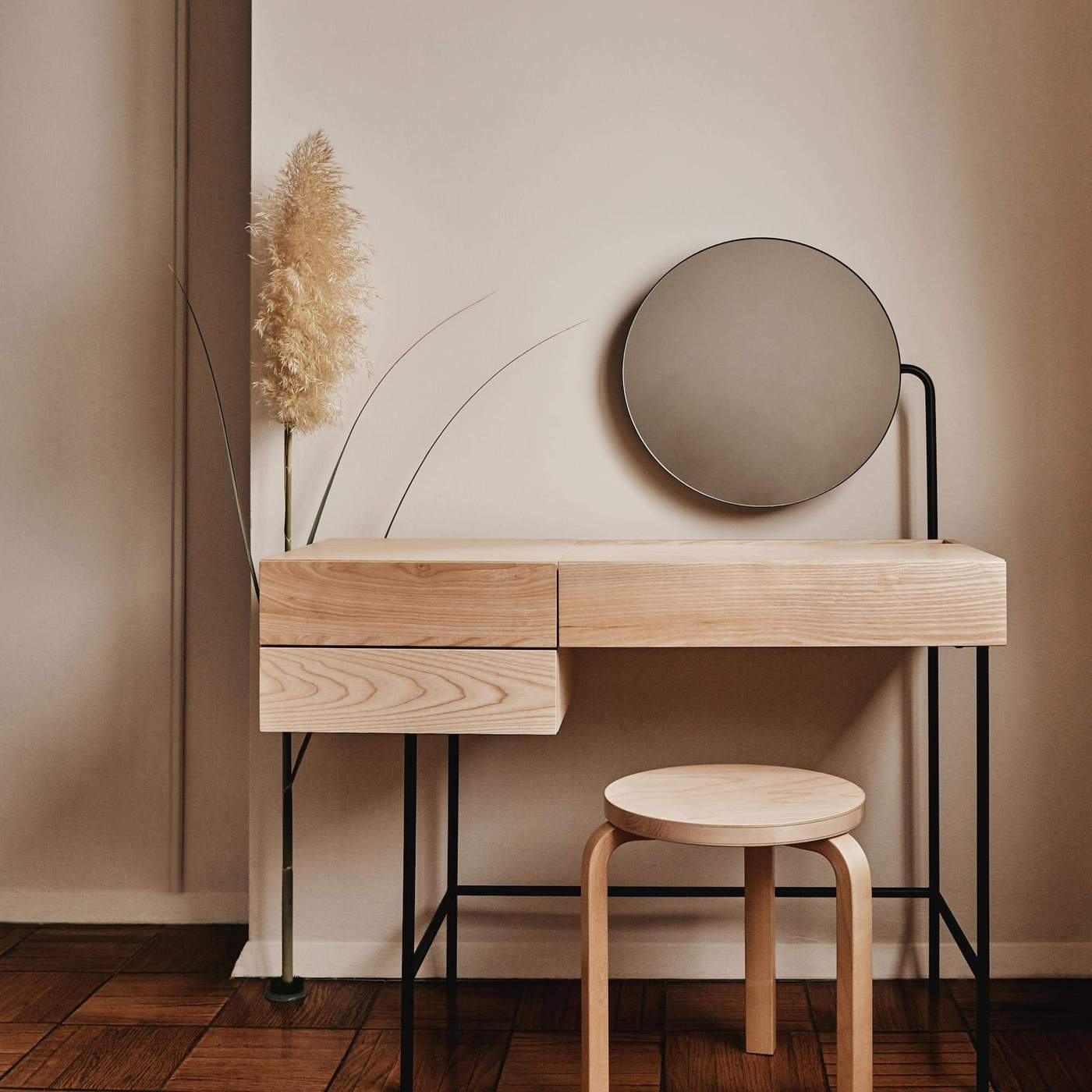
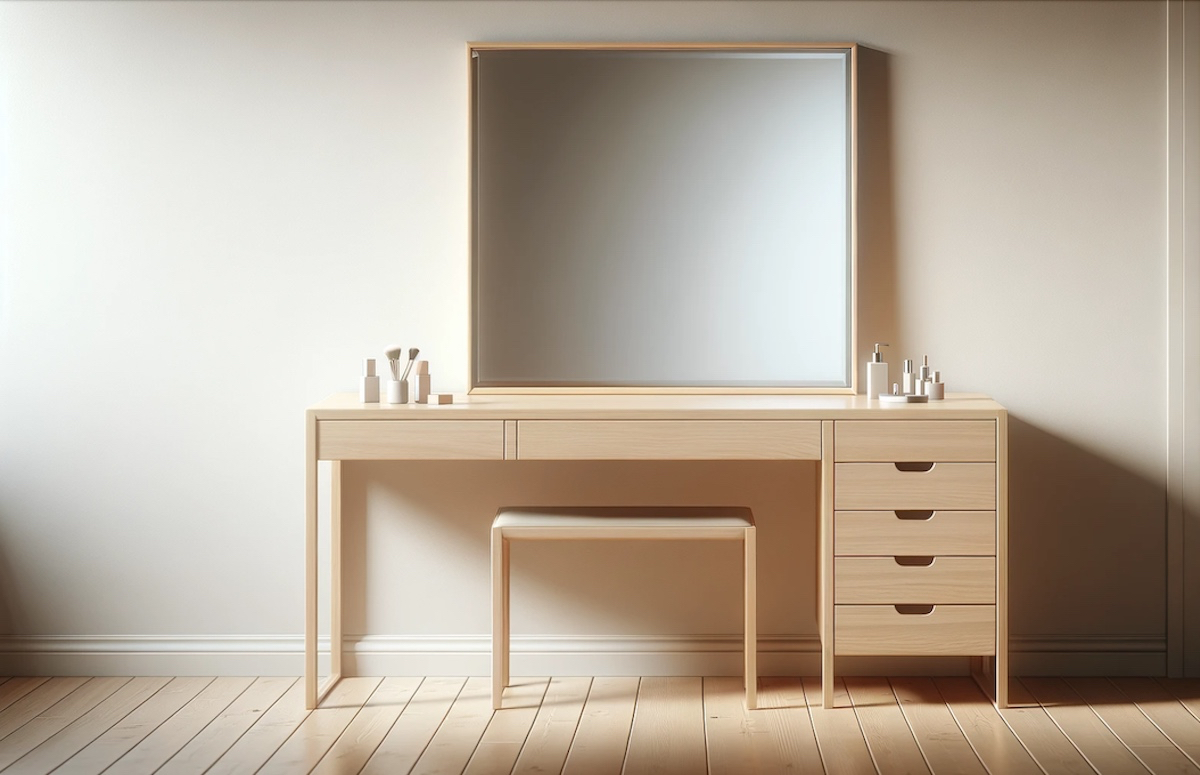
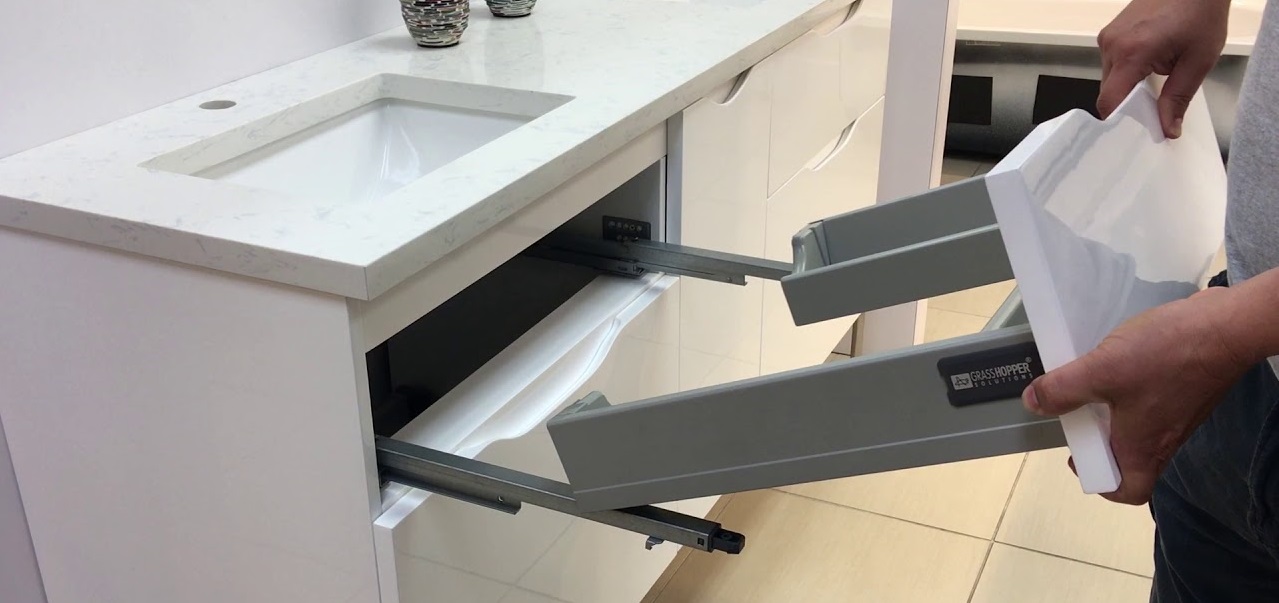
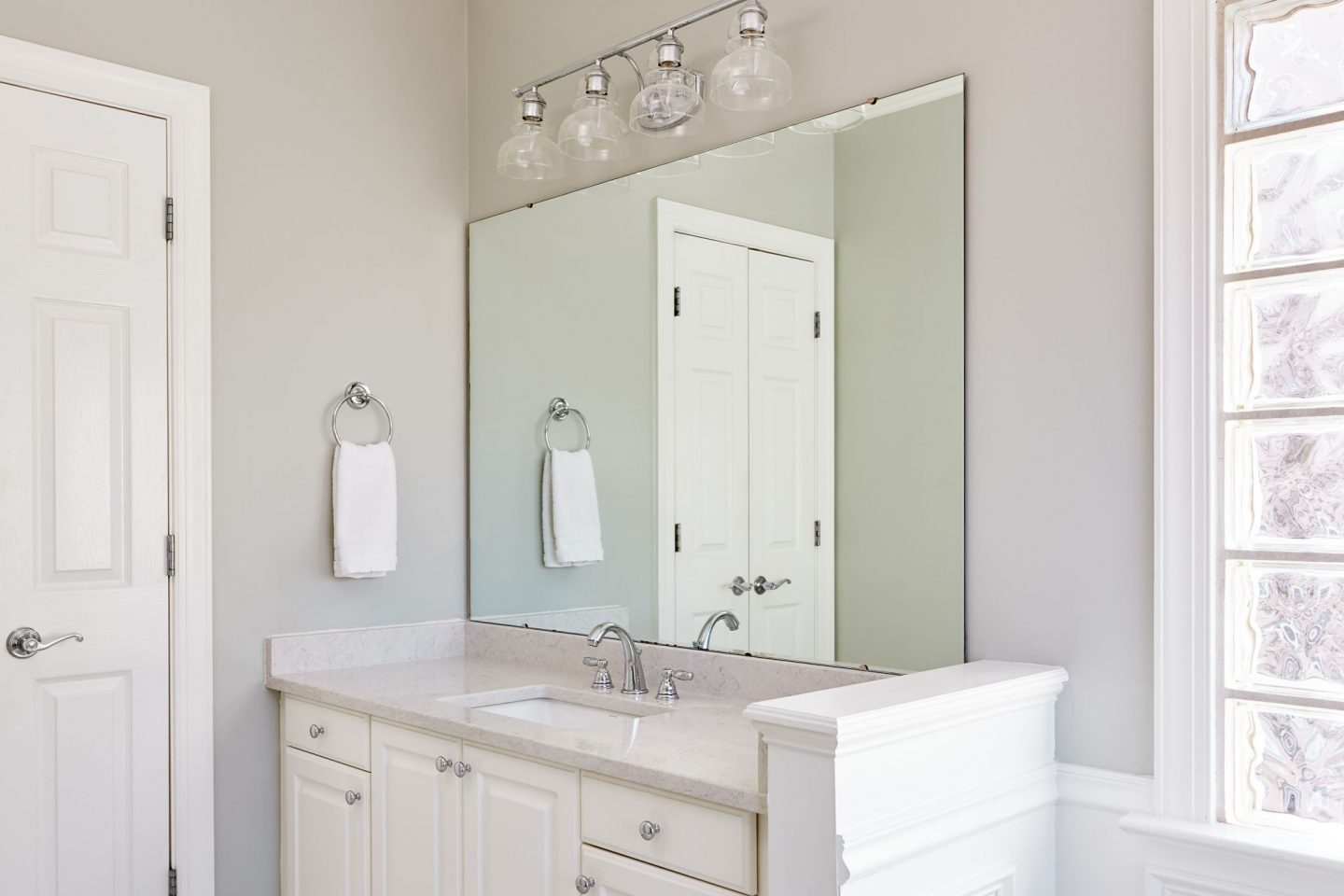
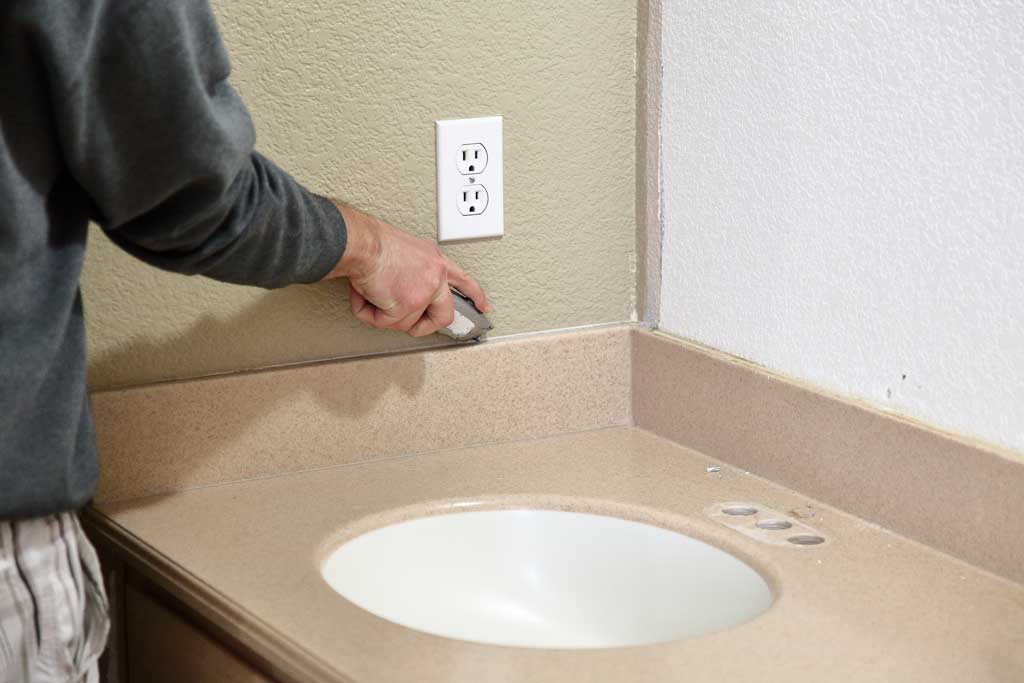
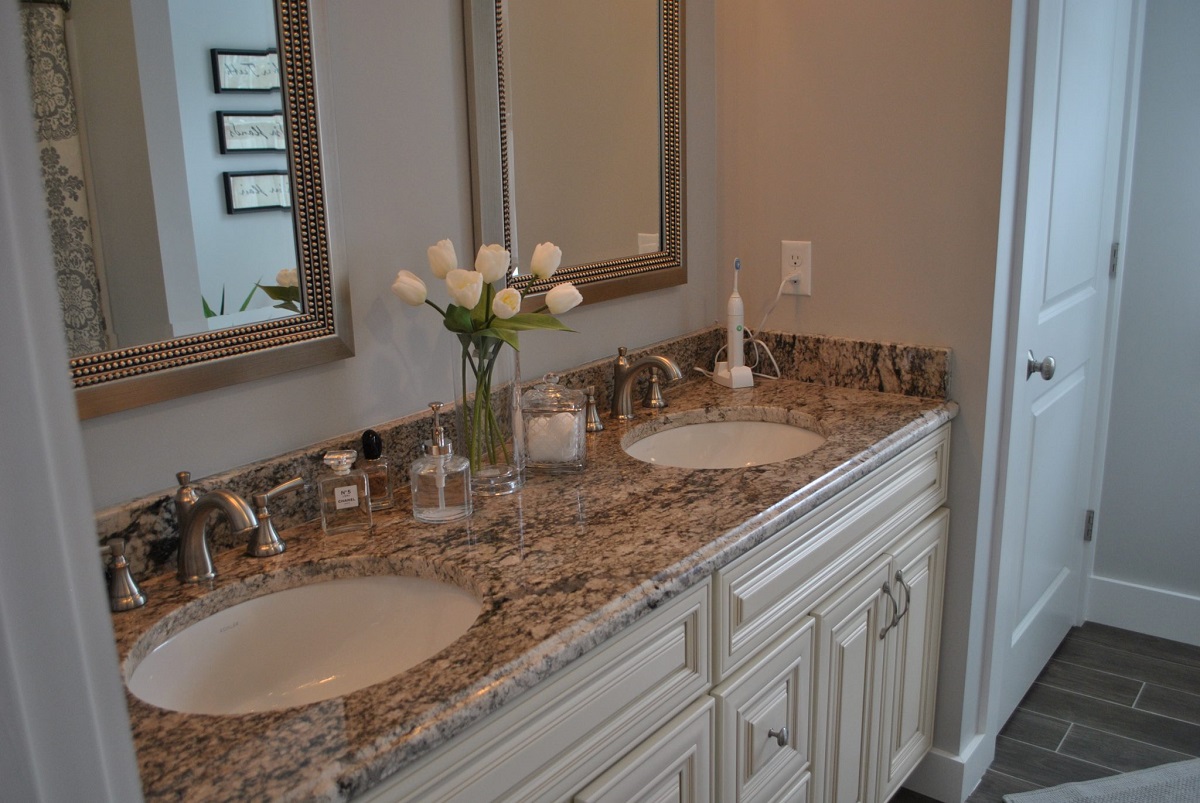
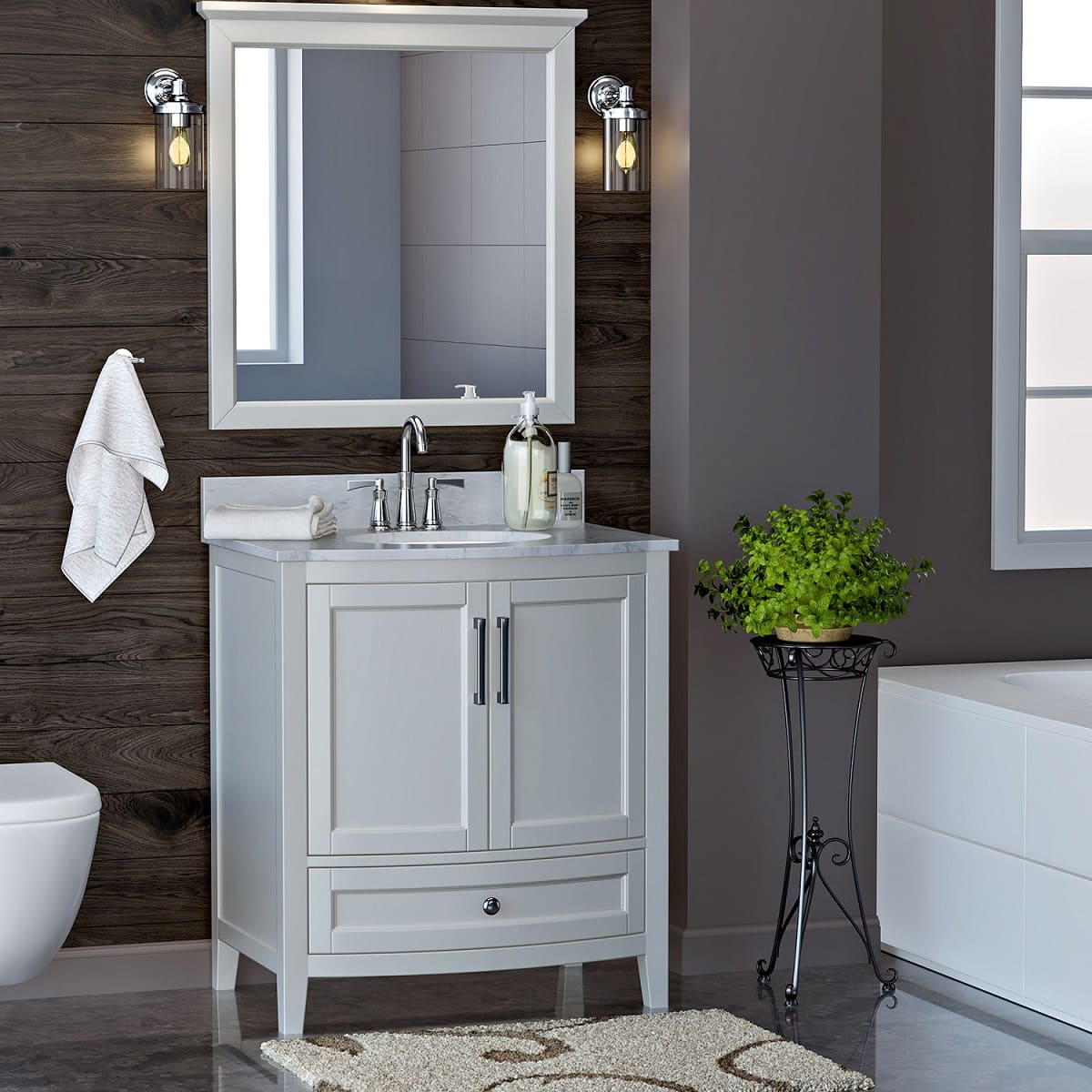
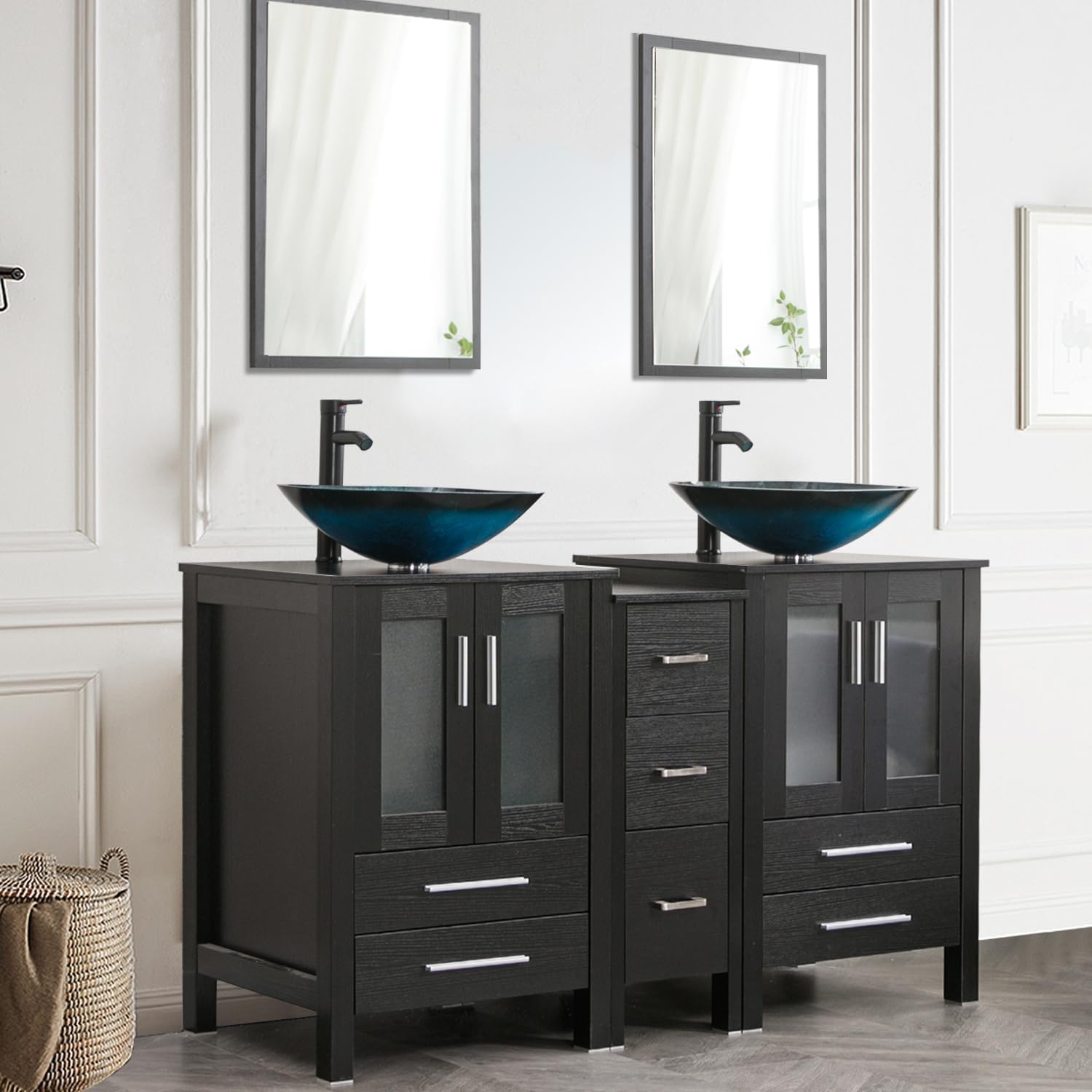
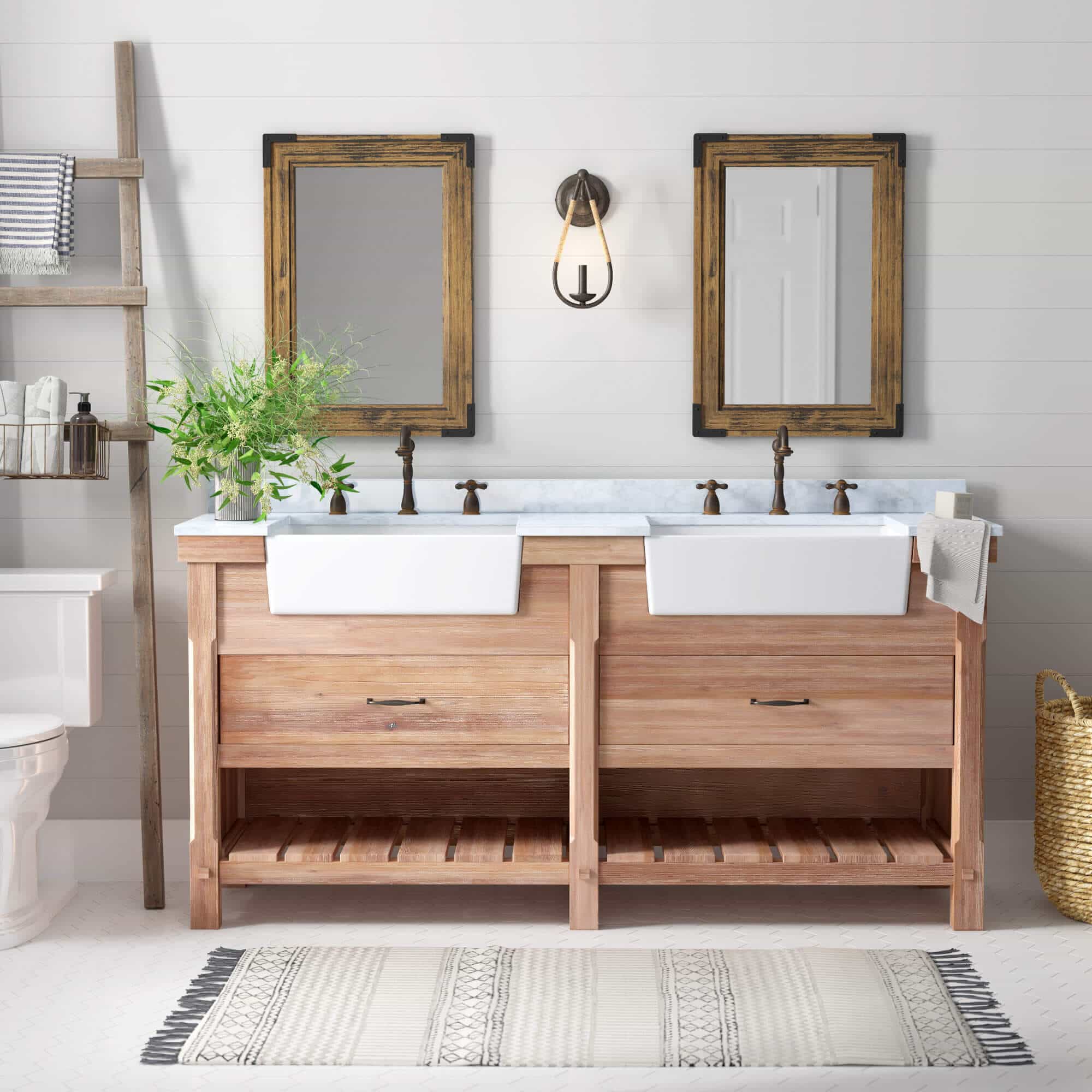
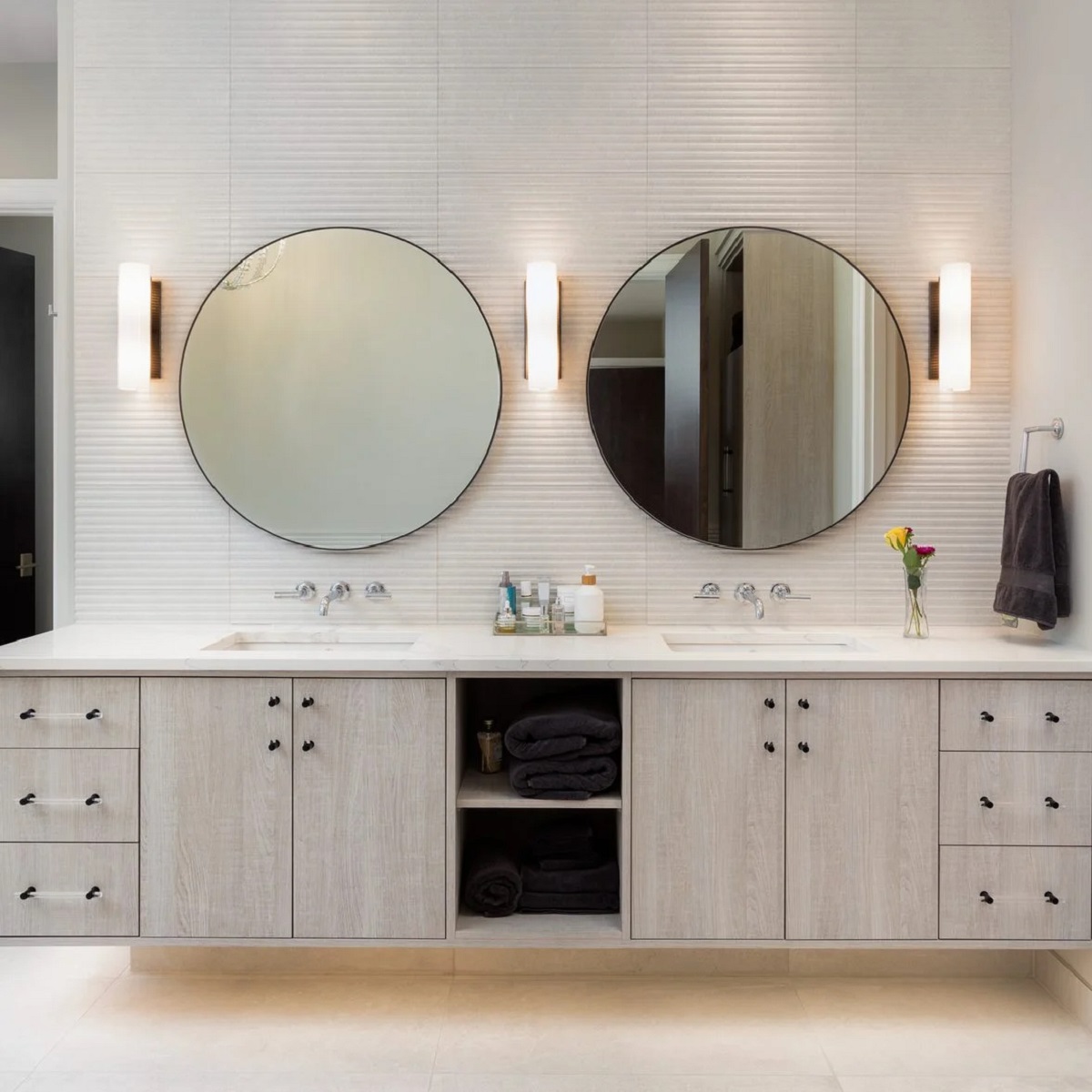

0 thoughts on “How To Measure For A Bathroom Vanity”